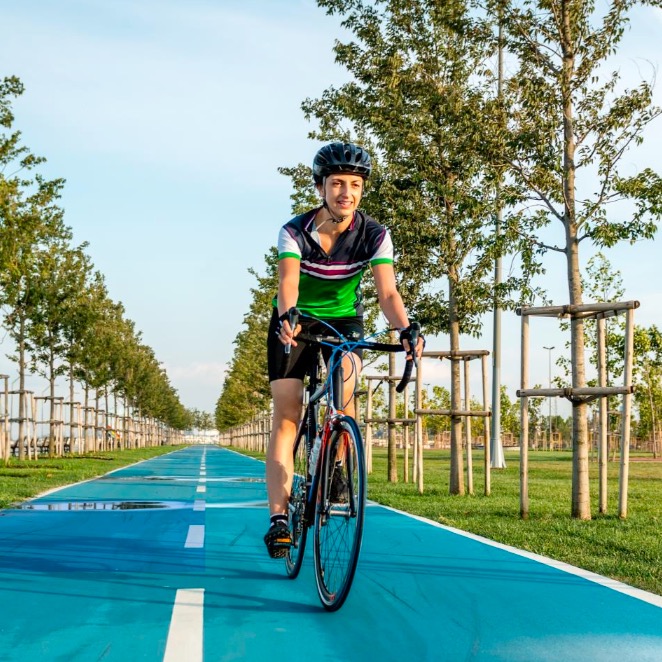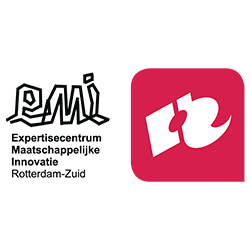Providing users with a sense of place – related to a specific geographic location in which one is situated, or linked to a faraway place, or even giving place-like qualities to virtual spaces such as massively multiplayer online role-playing games – has been deemed central for several forms of digital interactions. In the past decade, studies from human-computer interaction and computer-supported cooperative work have specifically addressed this theme, but the scarcity of works of place specificity focusing expressly on interactive TV suggests a gap in the current research, whereas the latest developments in mobile TV would seem highly coherent with such topic. To contribute to closing this gap, some initial directions are suggested here by pointing at compatible treatments of the notion of place in related fields, for example, the design of pervasive urban games. Game designers and game scholars might provide operational concepts that help understanding the role and the potentialities of places for interactive TV. Two general types of artifacts are selected here: works that are anchored to the experience of faraway places and works that leverage the physical location in which the user is. Their analysis yields three design strategies (experience anchoring, place permeability, and distributed storytelling), offered here as “objects to think with” and to spur further research and design. By pointing at them and at other similar strategies, similarities between digital games, ITV products, and other similar artifacts emerge and allow us to speculatively trace possible future convergences.
LINK
In our research we focus on the architectural characteristics of a location, seen as a precondition to appeal to the imaginative power of learners that plays a part in satisfying their (presupposed) spiritual hunger and longings for a better world. The concepts space, nonplace, and place, in their relation to the concepts place attachment and sense of place are central in our research. In written and videotaped texts, pupils tell about their attachment to places and sense of place. The preliminary analysis of the texts of the pupils shows that friends and teacher(s) occupy a central place in these pupils’ place attachment and sense of place.
DOCUMENT
Ageing in place is een veelvuldig genoemd concept. Echter, het is de vraag wat dit volgens de wetenschappelijke literatuur inhoudt. In dit artikel wordt het concept ageing in place in kaart gebracht aan de hand van de vijf hoofdthema’s zoals die uit de literatuur zijn gedestilleerd. Een meer eenduidig begrip van ageing in place zal professionals, beleidsmakers, onderzoekers en sociale netwerken kunnen helpen de veelzijdigheid van het concept te zien en toe te passen.
DOCUMENT

Het lopen van een marathon wordt steeds populairder. Naast de vele positieve gezondheidseffecten van duurinspanning, kan duurinspanning ook gepaard gaan met maagdarmklachten. Zo’n 30-90% van de hardlopers heeft last van maagdarmklachten tijdens of in de uren na het hardlopen. Het ontstaan van maagdarmklachten heeft waarschijnlijk te maken met de herverdeling van het bloedvolume, resulterend in minder bloedtoevoer naar het spijsverteringskanaal en een minder goed functionerende darmbarrière. Doordat de darmbarrière minder goed functioneert kunnen er ongewenste stoffen (endotoxinen) de bloedbaan intreden en voor ontstekingsreacties zorgen. De vele micro-organismen in onze darm, gezamenlijk onze darmmicrobiota genoemd, zijn van invloed op de voedselvertering, maar ook op het functioneren van de cellen die de darmwand bekleden en de verbindingen tussen deze cellen. Mogelijk hebben hardlopers met maagdarmklachten tijdens duurinspanning te maken met een afwijkende samenstelling van de darmmicrobiota en/of metabolieten ten opzichte van hardlopers zonder klachten, waardoor de darmbarrière minder goed functioneert en er problemen kunnen optreden. Vandaar dat het voornaamste doel van ons onderzoeksproject is om te onderzoeken of er een relatie bestaat tussen de samenstelling van de darmmicrobiota en/of metabolieten en het ontstaan van maagdarmklachten tijdens duurinspanning. De onderzoeksvragen die zullen worden bestudeerd zijn: 1) Verschilt de samenstelling van de darmmicrobiota en/of metabolieten van hardlopers die wel en niet last krijgen van maagdarmklachten tijdens het lopen van een marathon? En zo ja, hoe? 2) Kan de samenstelling van de darmmicrobiota en/of metabolieten van getrainde sporters die maagdarmklachten ervaren tijdens duurinspanning positief beïnvloed worden door probiotica-suppletie, zodat de kans op en/of intensiteit van maagdarmklachten tijdens duurinspanning wordt verminderd en de sportprestatie verbeterd? Het onderzoeksproject richt zich op de identificatie van sporters die last hebben van maagdarmklachten tijdens duurinspanning. We hopen met de beoogde resultaten bij te kunnen dragen aan op de persoon gerichte preventie van maagdarmklachten door het aanpassen van de darmmicrobiota.
De recente doorbraak van 3D-siliconenprinten, is de productie-industrie flink aan het veranderen. In plaats van alleen kunststof, metaal en beton, is nu ook 3D-siliconenprinten mogelijk, iets wat voorheen lastig was door de ingewikkelde eigenschappen van dat materiaal. Dit geeft nieuwe kansen en mogelijkheden, zo ook in de (maak)industrie. Royal Kaak, een grote producent van bakkerijmachines in Terborg, gebruikt in industriële bakkerijen robotica en pick-&-place systemen om deegproducten efficiënt te verwerken. De ontwikkeling hiervan is essentieel omdat, zeker in Nederland, een gebrek aan goede werkkrachten ontstaat. Automatisering kan ervoor zorgen dat productie in Nederland blijft. Hierbij worden siliconen grippers gebruikt, maar de commercieel beschikbare grippers zijn in slechts een aantal vormen en maten verkrijgbaar en voldoen vaak niet aan de specifieke eisen voor verschillende deegproducten. Eerdere experimenten met andere 3D-printtechnieken leverden te stugge grippers met een korte levensduur op. Siliconen 3D-printen biedt de mogelijkheid om zachte materialen in vrije vormen te maken en daarmee flexibele grippers. Royal Kaak ziet veel potentie in deze technologie voor niet-standaard grippers. Voor grote oplages kunnen ze dan kort alle iteraties middels de printer testen, waarna een specifieke mal besteld kan worden bij een siliconengietbedrijf. Voor kleinere oplages en speciale producten blijft 3D-printen de logische keuze. Naast Saxion en Royal Kaak sluit ook Oceanz aan in het onderzoeksteam. Oceanz is bekend om zijn 3D-print productiemogelijkheden, onder andere ook al voor de voedsel- en medische industrie. Oceanz werkt momenteel voornamelijk met harde kunststoffen, die ongeschikt zijn als soft-robotic gripper. Daarom is Oceanz erg geïnteresseerd in de voordelen die 3D-siliconenprinten kan brengen. Als er succes in dit project geboekt wordt, betekent dit een duurzame doorzetting van de productiemethode en een goede business case voor beide partners. De bevindingen zullen worden gedeeld in publicaties en mogelijk op conferenties. Het opgebouwde netwerk zal worden ingezet voor toekomstige samenwerking en onderzoek.
Carboxylated cellulose is an important product on the market, and one of the most well-known examples is carboxymethylcellulose (CMC). However, CMC is prepared by modification of cellulose with the extremely hazardous compound monochloracetic acid. In this project, we want to make a carboxylated cellulose that is a functional equivalent for CMC using a greener process with renewable raw materials derived from levulinic acid. Processes to achieve cellulose with a low and a high carboxylation degree will be designed.
Consortium, part of Hogeschool Utrecht, Hogeschool van Arnhem en Nijmegen

Centre of Expertise, part of Hogeschool Rotterdam
